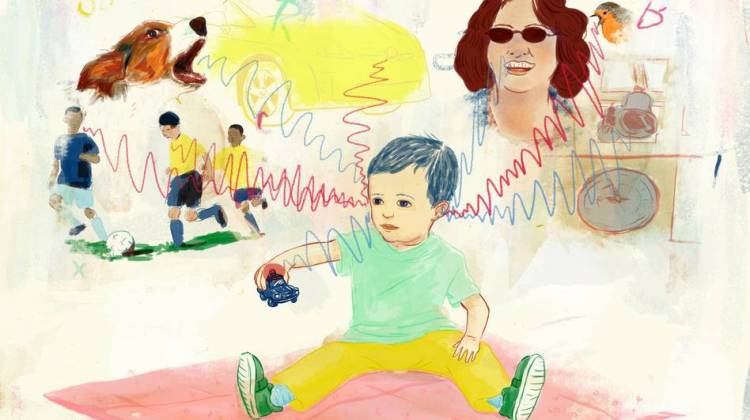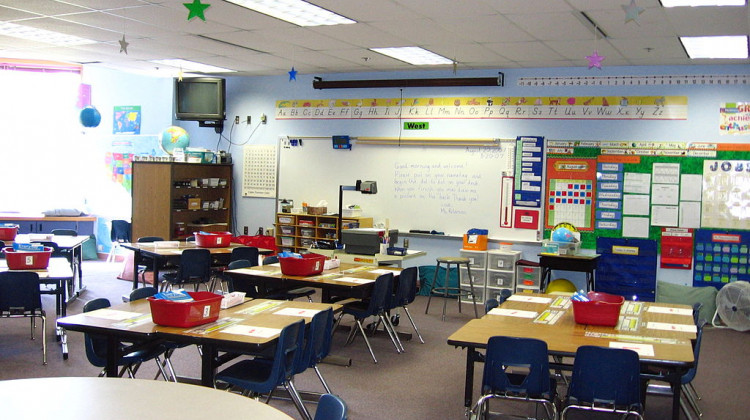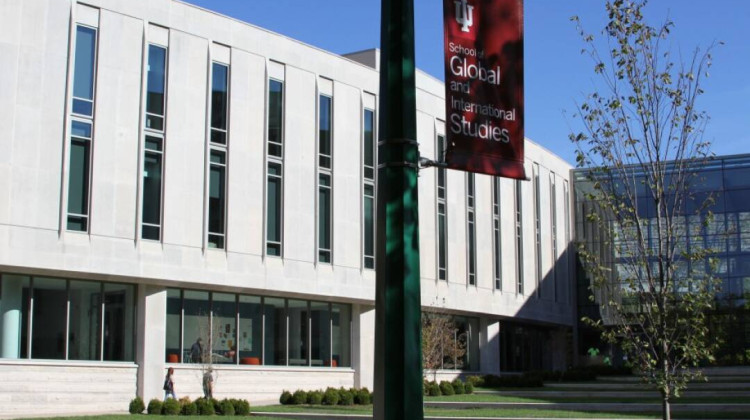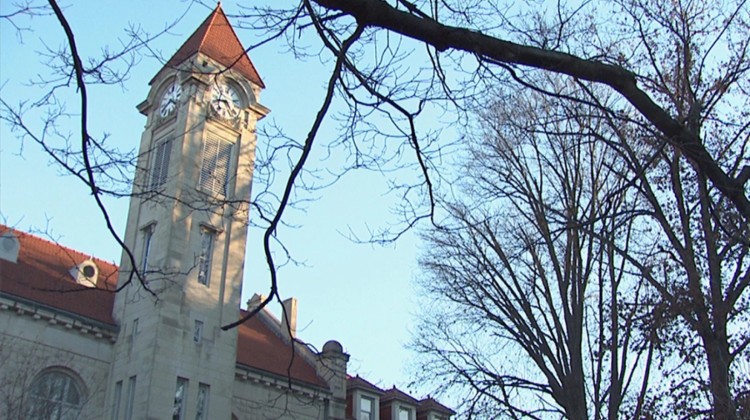If this isn't an honest-to-goodness crystal ball, it's close.
Neurobiologist Nina Kraus believes she and her team at Northwestern University have found a way — a half-hour test — to predict kids' literacy skill long before they're old enough to begin reading.
When I first read the study in the journal PLOS Biology, two words came to mind: science fiction.
Because flagging some 3-year-olds as potentially troubled readers — before they've even tried reading — feels eerily like being handcuffed by Tom Cruise in Minority Report for a crime that hasn't happened yet.
Kraus herself says the test is nothing short of "a biological looking glass into a child's literacy potential."
To understand how the test works, she says, you need to understand that reading begins not with our eyes but with our ears, as we hear and catalog speech sounds. It's hard work. Everything we hear, our brains have to process, separating the stuff that's meaningful from pure noise. And they do it in microseconds.
"This is arguably some of the most complex computation that we ask our brain to do," says Kraus.
Every sound creates a kind of electric reflection in the brain. Brain waves even look like the sound waves they're reacting to. And it's loads of information packed into these brain waves that, Kraus says, can tell her if a child who can't yet read may have trouble reading down the road.
The Test
Here's how it works.
"The child is sitting in a comfy chair," according to Kraus. "He's watching a movie of his choice. And we have these scalp electrodes, which we call buttons."
In one ear (the left), kids heard their movie. For our own, hypothetical test, we picked the Pixar favorite Wall-E:
In the right ear, Kraus' young subjects heard two things. First, the unintelligible chatter of half a dozen people:
It's just noise. No real words in there. But, on top of that Kraus looped the simple consonant-vowel combination "Da":
The final product sounded something like this:
A mess, right? But Kraus and her team could see, in the kids' brain waves, how well they could separate the speech sound, "Da," from everything else.
What's the sign of a healthy brain and a strong, future reader? Brain waves that, in spite of the noise, capture the richness of that tiny, little "Da" — things like timing, harmonics and consistency.
For example, every "Da" should elicit the same response from the brain. Varied responses to the same sound, says Kraus, are a big red flag:
"If the brain responds differently to that same sound — [though] the sound hasn't changed — how is a child to learn?"
Kraus tested one batch of 3-year-olds, then tested them again at 4, and was able to predict language skill. Her team also tested kids as old as 14 and were able to predict reading skill as well as flag learning disabilities.
When asked what Kraus would like to see in her looking glass, she's ambitious:
"My vision for this is to have every child tested at birth."
Because, Kraus says, this science fiction idea is based on something researchers have known for decades:
When it comes to helping kids with literacy challenges, earlier is better.
9(MDEwMDc1MzM3MDEzNDczOTA0MDc1MzViMQ001))
 DONATE
DONATE









 Support WFYI. We can't do it without you.
Support WFYI. We can't do it without you.